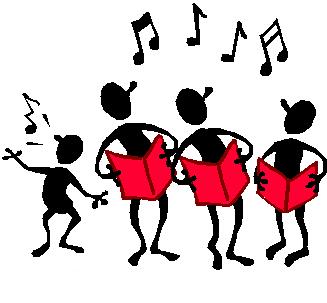
The current issue of Choral Journal features an article in the Rehearsal Break column by Jose “Peppie” Calvar titled “The ‘Mute’ Button: Techniques and Benefits of Silent Rehearsal.” Below is an excerpt of the article, and you can read it in its entirety in the September 2018 issue! Go to acda.org/choraljournal and click “Search Archives.” Choose September 2018 from the dropdown menu.
Imagine an extended rehearsal, perhaps at a choir retreat where you’ve been lucky enough to secure a full twelve hours of extra rehearsal time with your choir over the course of a weekend. The bonds of fellowship are forged. Large volumes of music can be acquired or small volumes of music can be mastered. The possible benefits are numerous, but vocal fatigue can present several challenges.
Or, visualize a situation where singers are preparing for a long weekend of performances, and find themselves in the last rehearsals leading up to a situation where they will be physically vulnerable. Alternatively, consider the last few rehearsals leading up to a performance where so much is at stake, and your choir sounds beautiful, but their physical engagement is not in concert with the musical rhetoric.
Or worse, the performance is over and you sit to review the video, or perhaps some still photos, and you realize that what you see in character does not match what you hear. Conductors can deploy the mute button in rehearsal to save singers’ voices while developing their audiation skills and refining other physical aspects of their performance that are visible to our audience. It works with singers of all levels and ages.
Conductors of children’s choirs constantly seek new and different ways to hold youngsters’ attention. Adult community choirs and church choirs often have one long rehearsal per week, where the long work day and the late hours can often result in diminishing returns in a rehearsal. The mute button can accomplish several tasks simultaneously.
***
The mute button works best while singers are standing in rehearsal. Singers do everything except sing. They mouth words, control breath, and physically move as if they were singing. The result is very much like muting a television set; all the visual and physical components continue forward without sound. The mute rehearsal can last a few beats, several measures, or even several phrases.
***
Read more in the September issue!


Leave a Reply
You must be logged in to post a comment.